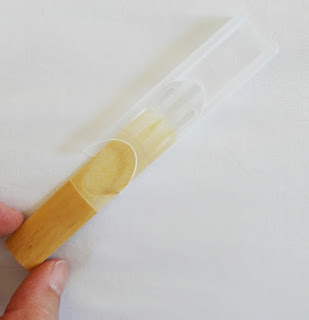Thanks Nike for the age-old advice. I had a few other options for the title of this post, 'To new beginnings', 'Just keep swimming' something to that effect. When I thought about it, I realized that, I believe, I started this blog about 9 years ago and I keep coming back to it like an old friend. A friend who I have neglected, but one who is still steadfast and supportive.
Last night I felt lead to return to this blog once again, but I also felt conflicted. My doubts were brought on by thoughts like, 'clearly blogging is not for me, because I have never managed to keep up with writing content'. Or 'I'm no good at writing and there are people who have far more knowledge than me on any of my proposed topics'.
Nevertheless, I found myself browsing through my own blog. I found myself reading posts I had forgotten about and incomplete ones that I never posted. It felt like I was reading someone elses content but as I kept reading I started to remember writing the posts and all my thought processes and planning that went into them. And do you know what I discovered? I quite enjoyed reading them. Perhaps there were some that were written quite well.
And then I came upon the comments. I was pleasantly surprised at the encouragement I had received from my few readers who had taken the time to engage.
Part of me thought 'boy, all those years of blogging that I missed out on while living my life'. But yes, I was actually living my life. And so much has happened since my last post that now looking back it wouldn't have made sense for this blog to continue during that time. Perhaps I'll share bits and pieces if I continue to post. But I became aware after that thought that the point of this blog was never to be about me or my life, it has always meant to be about my perspective and musings on music and about my thoughts on teaching music to others. It was also meant to be educational and inspirational and one has to be in the correct headspace for such deliveries.
As a result, while my mind has already come up with a lengthy list of blog post ideas, I have no intention to commit to blogging. If I come back for a visit, then it will be nice to see you again. But if I don't, then that's ok too. And if I have the time and inclination to post again, I'm just going to do it. No explanation, no apology, no promises. Because if nothing comes of this blog, then I have lost nothing, and if it does ever did unfold into something bigger, then I have laid down foundations that are strong and ready to be built upon.
If you find yourself reading this and perhaps need some encouragement to do something you have been wanting to do, here it is. 'Just do it!'
Have a lovely week.
Robyn















